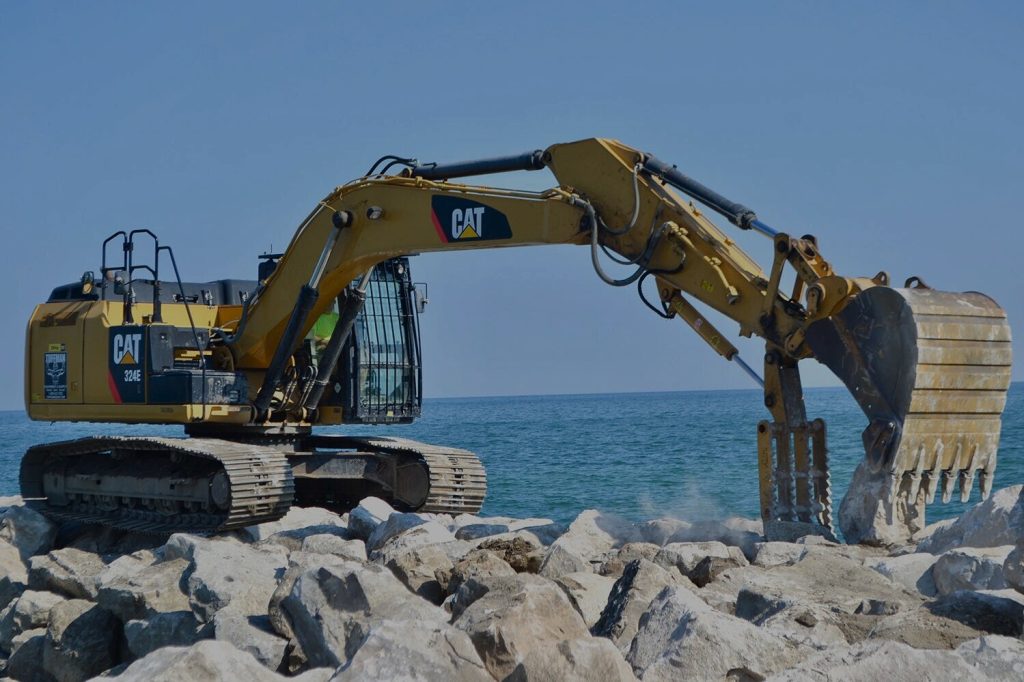Marine construction services play a crucial role in transforming shorelines while adhering to sustainable practices. These services encompass a wide range of activities aimed at enhancing coastal infrastructure, protecting ecosystems, and supporting economic development in coastal regions. At the heart of marine construction services lies a commitment to sustainability. This involves employing innovative techniques and materials that minimize environmental impact while achieving long-lasting results. One of the key aspects of sustainable marine construction is the use of eco-friendly materials such as recycled aggregates, natural fibers, and non-toxic coatings. These materials not only reduce carbon footprints but also help preserve marine habitats and biodiversity. Coastal protection is a primary objective of marine construction projects. Shoreline erosion, exacerbated by climate change and human activities, threatens coastal communities and ecosystems. Marine construction services address this challenge through the installation of seawalls, revetments, and breakwaters. These structures not only shield shorelines from erosion but also provide habitats for marine life, contributing to ecological resilience. Moreover, marine construction contributes to the development of sustainable infrastructure.

Ports, harbors, and marinas are essential for maritime trade, tourism, and recreational activities. Sustainable construction practices ensure that these facilities are built to withstand natural forces while minimizing disruption to marine ecosystems. Techniques such as low-impact construction methods, sediment management, and habitat restoration are integral to achieving these goals. In addition to infrastructure development, marine construction services support coastal communities by creating job opportunities and stimulating local economies. By investing in sustainable practices, Marine Bulkheading Construction in New York services promote resilience against climate change impacts such as sea-level rise and extreme weather events. This proactive approach not only enhances community safety but also preserves the cultural and recreational values associated with coastal areas. Furthermore, marine construction projects often involve collaboration with environmental experts, government agencies, and local stakeholders. With each project, they uphold a commitment to excellence, ensuring that every dock, seawall, and marina stands as a testament to their dedication to quality and enduring craftsmanship in service to coastal communities worldwide.
This collaborative approach ensures that projects are designed and implemented with consideration for environmental regulations, community needs, and long-term sustainability. Public engagement and transparency throughout the project lifecycle are critical to building trust and fostering support for marine construction initiatives. The adoption of technology is another hallmark of modern marine construction services. Advanced surveying techniques, 3D modeling, and remote sensing technologies facilitate accurate project planning and monitoring. These tools enable engineers and environmental scientists to assess potential impacts, optimize designs, and monitor construction progress in real time, ensuring that projects meet environmental standards and operational efficiency. Moreover, ongoing maintenance and monitoring are essential aspects of sustainable marine construction. Regular inspections, maintenance dredging, and habitat monitoring programs help ensure that infrastructure remains effective and environmentally sound over its lifecycle. Adaptive management strategies allow for adjustments based on changing environmental conditions and scientific knowledge, promoting resilience and long-term sustainability. Marine construction services are pivotal in transforming shorelines through sustainable practices that balance economic development with environmental stewardship.
